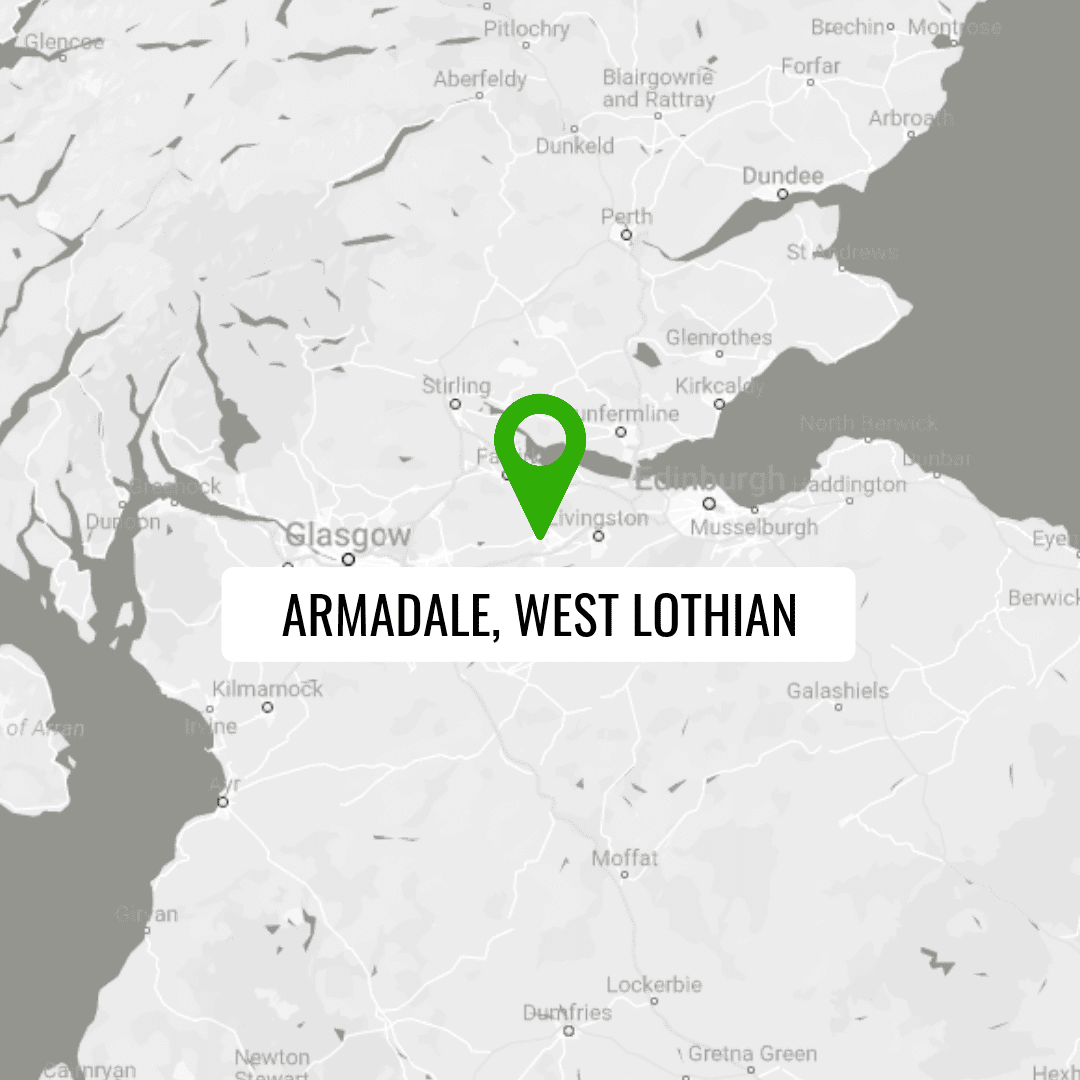Live project
We are working on behalf of West Lothian Council to manage and improve the woodlands and peatland in this nature park in Armadale.
Introduction
West Lothian Council have been working at Black Moss for some time with local volunteers including the Friends of Black Moss and Butterfly Conservation’s Bog Squad, on woodland management, litter picking and peatland conservation.
The Council recognises that the Nature Park needs improvement to make it a better place for wildlife as well as people.
The Green Action Trust was commissioned to investigate opportunities to enhance the biodiversity across the site in various ways that will also benefit residents and visitors and help to mitigate the impacts of climate change.
A survey to gather feedback on options was issued in July 2023. Following this, our first phase on the ground has been to manage the woodland around the bog and encourage native species growth.

What is being achieved
This project has the potential to deliver multiple outcomes, across these key areas:
Improving access to quality greenspace for local residents and visitors.

Management of non-native conifers to encourage native species.

Meadow and wetland management and peatland conservation action.
Peatlands are one of the most important natural stores of carbon in Scotland. When they are functioning properly, they can also absorb carbon from the environment. They are threatened by drying out where they have been drained, and from trees, especially non-native conifers growing.
The conifers around the High School, and to the other edges of Black Moss to the south and east were producing seeds which have been identified as a risk to the bog. These trees had not been managed and were becoming over-large, and have been a location for anti-social behaviour.
By removing these conifers, we open the site up, making it lighter and more visible. Replacing the conifers with native, broadleaved trees will benefit biodiversity, as will allowing the bog edge to develop more naturally.
Click on the site map to see the areas we have been working on to improve the peatland and manage the woodlands.
There is scope to improve upon some of the existing habitats at Black Moss to further develop biodiversity, including:

From feasibility studies to forests, grant management to greenspace, we can help to make your project a reality. It all starts with a conversation, so contact us now to get started.